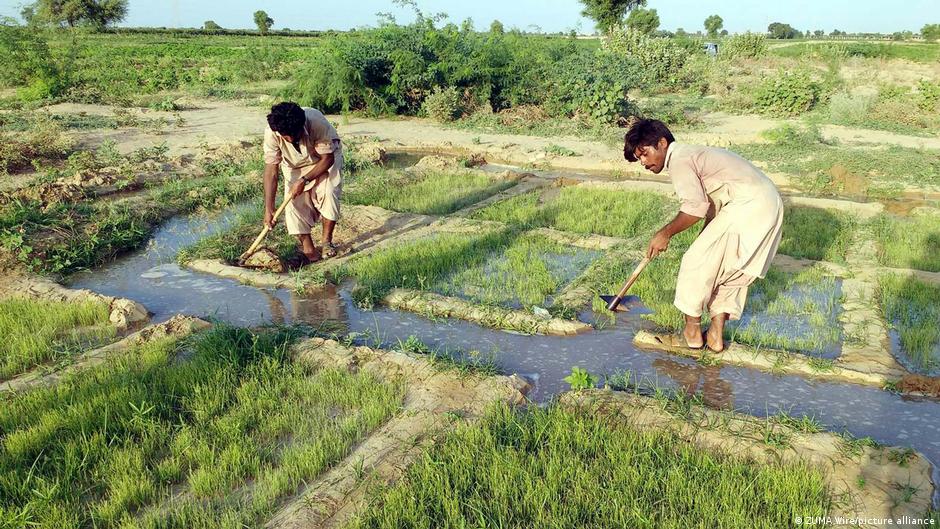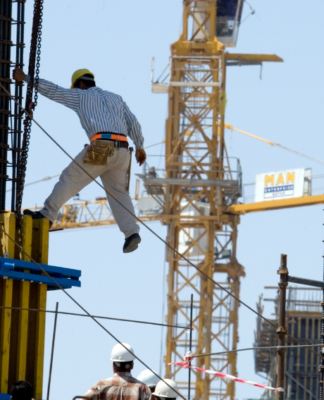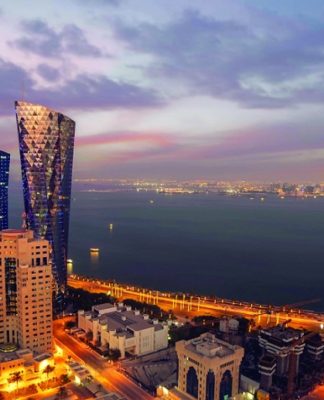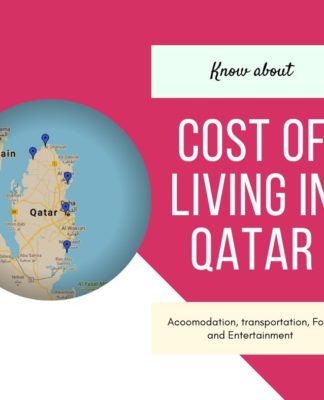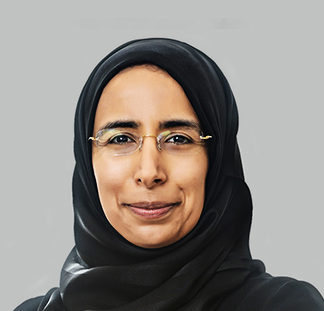Turning the tide on land degradation
Human activity has led to widespread land degradation and put our very survival as a species at risk. But by reversing course, we can tackle climate change and biodiversity loss — and make a better life for billions.
- Date 27.04.2022
- Author Martin Kuebler
- Related Subjects Biodiversity, Agriculture, Forests, COP 26: Everything you need to know, Climate change
- Keywords climate change, ecological restoration, land restoration, biodiversity, agriculture, peatlands, forests, Great Green Wall
- Send us your feedback.
- Print Print this page
- Permalink https://p.dw.com/p/4AUYI
In what is a comparatively short time on the planet, humans have had a profound effect on global ecosystems. With our farms, cities and way of life, we’ve transformed vast swaths of Earth — croplands, grasslands, forests and wetlands — from their natural state, in many cases leaving them worse for wear.
As a new UN report points out, between 20 to 40% of the world’s total land area has been degraded by human activity, especially in South Asia, South America and sub-Saharan Africa. That is putting the lives and livelihoods of around half of the world’s population at risk and contributing significantly to climate change.
 Agriculture, economic development and cattle farming have contributed to deforestation across the Amazon rainforest
Agriculture, economic development and cattle farming have contributed to deforestation across the Amazon rainforest
But the report, which highlights how land restoration can help contribute to recovery and greater resilience, also stresses that we know how to stop and reverse the damage we’ve caused — not with future technology but with existing tools and know-how. And those places which have already begun investing in restoration projects are seeing the benefits.
“Ecological restoration is something that can address the twin crises of biodiversity and climate change, while also benefiting local human communities, providing jobs, providing food, providing clean water, clean air [and] reducing illness and disease,” Bethanie Walder, executive director of the Society for Ecological Restoration, a US-based organization which supports global restoration efforts, told DW. “Conservation alone is no longer enough.”
 Bringing beavers back to the UK has helped to reduce the risk of floods and protect biodiversity and water quality
Bringing beavers back to the UK has helped to reduce the risk of floods and protect biodiversity and water quality
Louise Baker, who leads the operational side of the UN Convention to Combat Desertification, told DW that the gains from a restoration economy often far outweigh the initial cost. Every dollar invested in restoring degraded land, she said, quoting an estimate from the World Resources Institute, can result in between $7 to $30 (about €6.50 to €28) in economic benefits.
“It requires a shift in the way that you see the land and the soil, not just as a thing that’s there, but as a part of a circular economy,” said Baker. “But if you see it as part of a circular economy, then you can build new business models around it.”
 The Great Green Wall aims to restore landscapes in a 8,000-kilometer (5,000-mile) swath across Africa
The Great Green Wall aims to restore landscapes in a 8,000-kilometer (5,000-mile) swath across Africa
One of the standout examples of restoration is Africa’s Great Green Wall. The initiative, which got its start in 2007, aims to restore degraded landscapes across the southern edge of the Sahara Desert, from Senegal in the west to Ethiopia in the east. Though supported by 21 countries in Africa and international partners like the Green Climate Fund, the World Bank and the European Commission, Baker said local communities have taken the lead.
“What’s exciting about the Great Green Wall is that this is really African leadership,” said Baker. Progress on the initial goal, a vast green barrier of trees, has faltered in part due to poor planning and worsening climate conditions; as of 2020, only 4% of the original goal had been met in the initial intervention zone, and 18% in the wider region. But Baker said the initiative has now shifted its focus to smaller, more resilient community-led projects to counter desertification and boost local agriculture.
“It’s a mosaic of good land uses, doing the right thing in the right place at the right time, and trying to bring back the health and productivity of the land. But at the same time, it’s making the populations and the environment more climate resilient,” she said.
In Niger, for example, farmers have started to reverse decades of deforestation and land degradation by bringing back a traditional technique that mixes trees with agricultural land. These native trees boost crop growth and improve the health of the soil, while also providing people with additional food, fodder and fuel, making their lives easier.
“It’s important to put people at the center,” said Baker. “If you live in an area that’s horribly degraded and wracked by climate change, you don’t stay and you don’t invest.” By 2030, the Great Green Wall aims to restore 1 million square kilometers (about 386,000 square miles) of degraded land across the continent, sequestering 250 million tons of carbon and creating 10 million green jobs — a vision of a better future that, as Baker pointed out, is more likely to get people to stay and invest in their community.
Meanwhile, in Southeast Asia, where some 24% of the land has been degraded by human activity, Indonesia has been investing in efforts to protect and restore its peatlands, which store a significant amount of carbon. Up to half of the country’s 140,000 square kilometers of peatland has been drained, logged or taken over by rice and oil palm plantations, resulting in increased wildfires that add to the region’s toxic smog.
Over the last two decades, national efforts have been introduced to halt and reverse this degradation, including logging restrictions and restoration schemes that have reflooded formerly drained land and brought back native plants and animals.
Paludiculture, a sustainable agriculture technique used by farmers to grow crops and raise aquatic animals on wetlands, has given locals an alternative to destructive farming practices. By 2020, the government’s Peatland Restoration Agency had restored more than 8,000 square kilometers of peatland, 94% of its target.
 Uncovering Seoul’s Cheonggye Stream has increased biodiversity, reduced the heat island effect and improved quality of life
Uncovering Seoul’s Cheonggye Stream has increased biodiversity, reduced the heat island effect and improved quality of life
Walder, who has more than 20 years of experience in the field of ecological restoration, said successful projects are becoming increasingly difficult as the effects of climate change intensify. But she hasn’t lost hope.
“I truly 100% believe that we have the tools and the knowledge in hand to arrest climate change and to start putting us back on a better track,” said Walder. “We have the skill, we have the technology, we just need the will.”
The international commitments, at least, are there. In November 2020, G20 leaders pledged to reduce degraded land in half by 2040. And by the end of last year, the start of the UN’s Decade on Ecosystem Restoration, more than 115 countries had made firm commitments to restore a total of 1 billion hectares of farm, forest and pasture area, an area slightly larger than Canada.
 Urban farms, like this Chinese rice plantation, can help manage stormwater runoff and reduce air pollution and temperatures
Urban farms, like this Chinese rice plantation, can help manage stormwater runoff and reduce air pollution and temperatures
“We need everyone, everywhere to engage in restoration and to recognize that if we all act locally, then we can have a global impact,” said Walder.
“The challenge is how we make restoration the new normal — how we make it part of our land use planning, how we make it part of our strategies for climate, strategies for food production, strategies for restoration, strategies for life,” said Baker. “We really want to make sure that this is embedded in everything that we do.”
Edited by: Tamsin Walker
DW RECOMMENDS
From destruction to rejuvenation: When forest fires are a good thing
Fires can be catastrophic in rainforests such as the Amazon, but they don’t necessarily spell disaster everywhere — sometimes they help replenish ecosystems. There is even life that needs heat and fire to survive.
Saving Canada’s only desert
Most people don’t even know Canada has a desert – the Okanagan is an anomaly in a country known for snow. But the Okanagan Desert is threatened – scientists and indigenous people are now working to protect the ecosystem.
Climate change: Why it is now or never for India
A new UN report has warned that climate change repercussions for India will be irreversible if New Delhi doesn’t take drastic measures by 2030. Are Indian authorities up for the challenge?
- Date 27.04.2022
- Author Martin Kuebler









